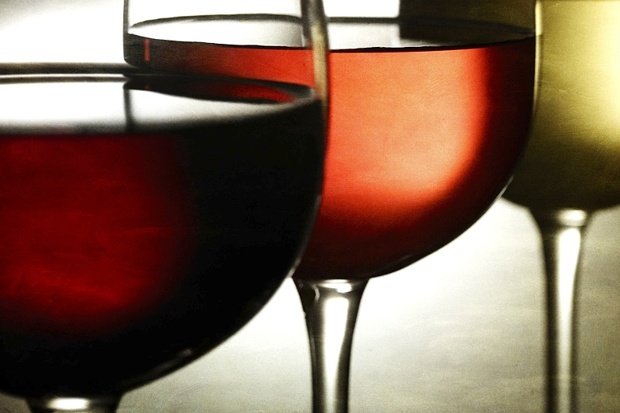If you are struggling with a hangover this morning, it might not be entirely your own fault. This can put the health of drinkers at risk and raise the chance of being over the drink and drive limit. More specifically, the study revealed that Chilean and Spanish red wines had the greatest discrepancy between what was on the bottle and what the wine contained.
The scientists conclude that "label claims appear to be biased towards a perceived norm, a "desired" alcohol percentage to report for a particular wine - red or white, New World or Old World - with the size of the bias depending on the extent to which the actual alcohol content differs from that norm".
The findings are not only worrying for health reasons but could be unwittingly putting drinkers over the drink-driving limit.
The academics found that, in general, the alcohol content of wine has risen by an average of two percentage points in the past 18 years.
Tested: Researchers in America sampled about 100,000 bottles of wine from around the world and found the alcohol content was higher in almost 60%. It means a woman would probably be over the limit for both driving and good health if she drank a 250ml glass of the average American, Chilean, Argentinian or Spanish red wine. While it might seem an insignificant tweak, it could have disastrous consequences.
The study team said they discovered a propensity to overstate the alcohol content for wine containing a fairly low percentage of actual alcohol, and a propensity to understate the alcohol content for wine containing fairly high alcohol content.
"A discrepancy of 0.4 percentage points might not seem large relative to an actual value of 13.6 percent alcohol by volume, but even errors of this magnitude could lead consumers to underestimate the amount of alcohol they have consumed in ways that could have some consequences for their health and driving safety", study author Julian Alston, an economics professor at UC Davis, told The Telegraph.
In some instances, the discrepancies could be much larger than average, according to the research published in the Journal of Wine Economics.
"An average error of 0.4 percentage points is much more significant compared with the typical range for wines in a particular category, for instance, Napa Valley Cabernet might be expected to have alcohol content within the range of 13.5-14.5 per cent alcohol by volume, and an average error of 0.4 percentage points is large in the context of this range".
Alcohol charities have since raised concerns that manufacturers were deliberately misleading the public for profit. There is a suggestion drinkers prefer wines with an alcohol content between 12 and 14 per cent, so labels sit closer to the average. Tom Smith, director of campaigns, said: "We need the Government to ensure accurate health warnings on alcohol products are made mandatory, as is standard practice in other countries".
'The public should be able to make informed choices about their health and drinkers have a right to know what they're consuming.
 An analysis of 100,000 bottles of wine found more than half had more alcohol than the manufacturer claimed
Steve Lupton Corbis
An analysis of 100,000 bottles of wine found more than half had more alcohol than the manufacturer claimed
Steve Lupton Corbis
 An analysis of 100,000 bottles of wine found more than half had more alcohol than the manufacturer claimed
Steve Lupton Corbis
An analysis of 100,000 bottles of wine found more than half had more alcohol than the manufacturer claimed
Steve Lupton Corbis
